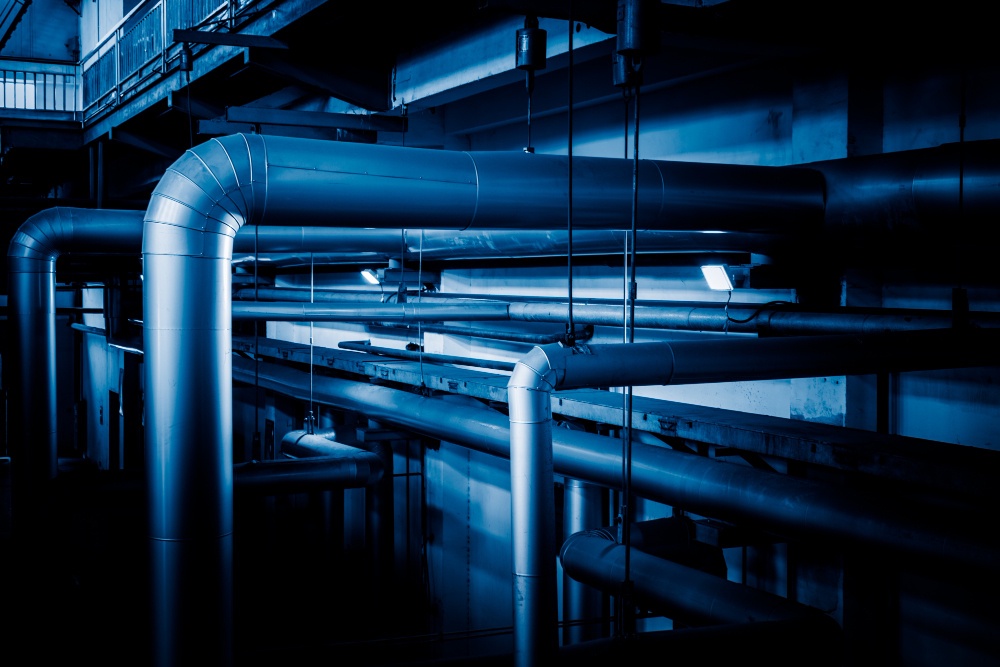In the world of construction and infrastructure development, few skills are as crucial as pipe fitting and welding. From plumbing systems in residential buildings to complex industrial pipelines, the expertise in pipe fitting and welding ensures the proper functioning and integrity of structures. In this comprehensive guide, we delve into the intricacies of pipe fitting and welding, exploring their significance, techniques, challenges, and prospects.
Understanding Pipe Fitting
Pipe fitting is the process of connecting and installing pipes, tubes, and related components to create a functional system for conveying fluids or gases. It involves precise measurement, cutting, threading, and joining of pipes using various fittings like elbows, tees, couplings, and valves. Whether it's for water supply, drainage, HVAC systems, or industrial processes, proper pipe fitting is essential for ensuring efficiency, safety, and longevity.
The Art of Welding
Welding, on the other hand, is the process of joining materials, typically metals, by melting and fusing them together. In the context of pipe fitting, welding plays a vital role in creating strong and leak-proof connections between pipes and fittings. Welders use various techniques such as arc welding, TIG (Tungsten Inert Gas) welding, MIG (Metal Inert Gas) welding, and oxy-fuel welding to achieve the desired welds, depending on the materials and project requirements.
Challenges and Skills Required
Mastering pipe fitting and welding requires a combination of technical knowledge, manual dexterity, and problem-solving skills. It involves interpreting blueprints, understanding building codes and regulations, selecting appropriate materials, and executing precise measurements and cuts. Moreover, welders must possess a keen eye for detail and the ability to work in challenging environments, such as tight spaces or adverse weather conditions.
Safety Measures
Safety is paramount in pipe fitting and welding due to the inherent risks associated with working with high temperatures, heavy machinery, and potentially hazardous materials. Welders must adhere to strict safety protocols, including wearing protective gear, ensuring proper ventilation, and following established procedures for handling equipment and materials. Additionally, regular inspections and maintenance of welding equipment are essential to prevent accidents and ensure optimal performance.
Future Trends and Opportunities
As technology continues to advance, the field of pipe fitting and welding is evolving with the introduction of automated welding systems, robotic welders, and innovative materials. These advancements streamline the welding process, improve precision, and enhance productivity, opening up new opportunities for skilled professionals in the construction, manufacturing, and energy sectors. Furthermore, the increasing focus on sustainability and energy efficiency is driving demand for professionals proficient in installing and maintaining eco-friendly plumbing and HVAC systems.
Conclusion
Pipe fitting and welding are indispensable skills in the construction industry, serving as the backbone of infrastructure projects worldwide. From residential buildings to industrial complexes, the expertise of pipe fitters and welders ensures the smooth operation and longevity of vital systems. As technology continues to advance and the demand for sustainable solutions grows, the importance of mastering the art of pipe fitting and welding will only continue to rise, offering promising career prospects for those willing to embark on this rewarding journey.


No comments yet